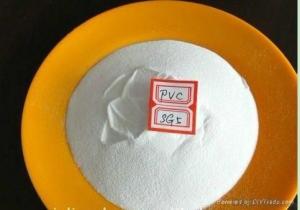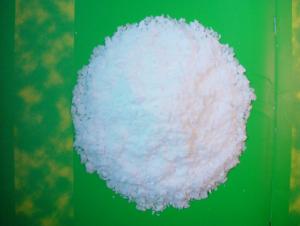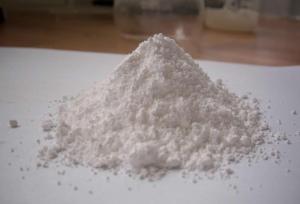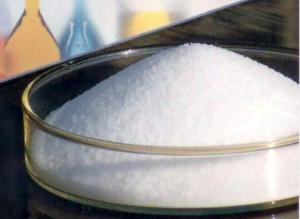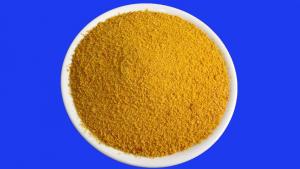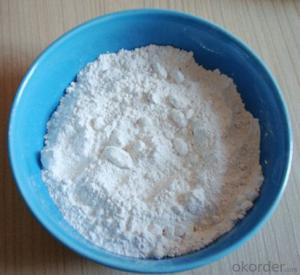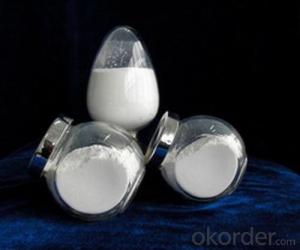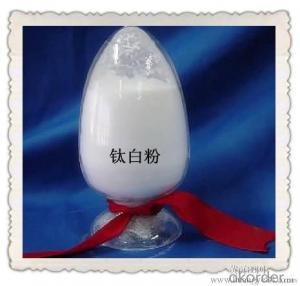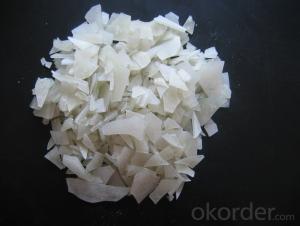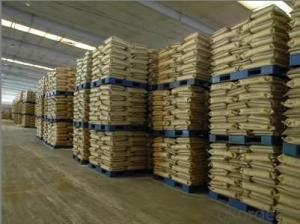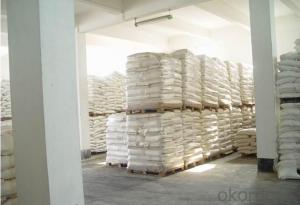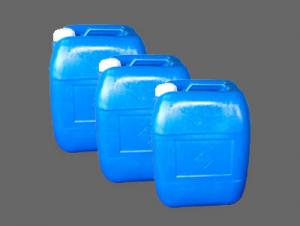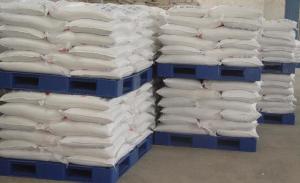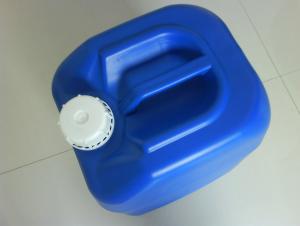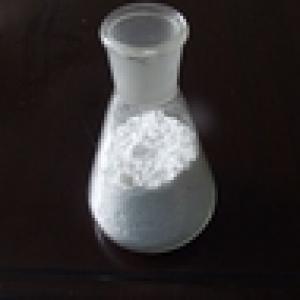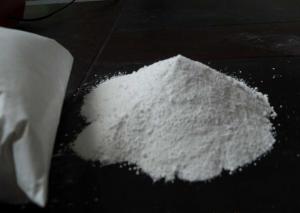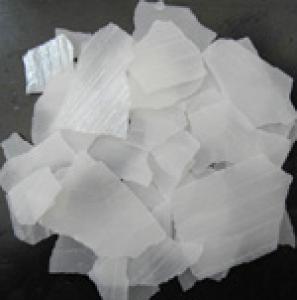SGS TEST Polyvinyl chloride polymer SG5
- Loading Port:
- China Main Port
- Payment Terms:
- TT OR LC
- Min Order Qty:
- -
- Supply Capability:
- -
OKorder Service Pledge
Quality Product, Order Online Tracking, Timely Delivery
OKorder Financial Service
Credit Rating, Credit Services, Credit Purchasing
You Might Also Like
Packaging & Delivery
| Packaging Detail: | Bags or barrel |
| Delivery Detail: | within 15 days |
Specifications
PVC resin SG5 suspension grade
1.Appearance: White powder
2.Main use for: Building
3.Bag packaging
4.High quality
- Q: Several kinds of inorganic salt food sources?
- Pepper, bamboo, bamboo, seaweed, lily, nuts, bread, dairy, beans, seaweed, kelp, kelp, Olives, cauliflower, amaranth, shepherd's purse, salted egg, noodles, fermented bean curd, tempeh, spinach, amaranth, spinach, coriander, fruit
- Q: For example, sulfates can emit SO2 or SO3 gas. If this were to occur in this experiment, would the % H2O calculated from the data be too high or too low? Explain.
- You would measure the mass lost, and you would assume that this is equal to the amount of water that was in the sample. So decomposition would add to the mass lost during heating and this would lead you to overestimate the amount of water that was in the sample, and overestimate the %h20.
- Q: Is the oxide pure?
- The same element of oxide is not necessarily pure, such as sulfur dioxide, sulfur trioxide. The The
- Q: What is the important character of Chinese made alkali?
- In 1862, the Belgian people Solvay (Ernest Solvay 1838-1922) invented the salt, ammonia, carbon dioxide as raw material for the production of sodium carbonate "Solvay alkali method" (also known as the ammonia method). Since then, Britain, France, Germany, the United States and other countries have established a large-scale production of soda ash plant, and organized the Saul Wei Association, members of the country outside the implementation of technical blockade.
- Q: Inorganic salt function
- The various inorganic salts dissolved in the cells have a certain total concentration, such as human body fluid concentration of 0.9%, frogs of 0.65%, which for maintaining cell osmotic pressure, so that cells maintain a certain shape has an important role, too high or Too low will lead to cell due to water or dehydration to change the cell morphology. There are also a number of buffering systems in the body, which are a group which has a neutralizing effect on the added acid or base so that the pH does not change significantly and therefore plays an important role in maintaining the acid-base balance of the cells.
- Q: Think about the physical and chemical properties of salt and sugar. What properties do these substances have in common? Describe which properties you could use to distinguish between them. What properties and units would you use to describe their physical and chemical characteristics? List as many as you can.
- I believe it's Physical, most of the times such changes are physical, melting point, sublimation, evaporation, etc.
- Q: Acidic oxide is a kind of oxide which can form acid or react with water to form salt and water. Generally non-metallic elements of oxides and certain transition metal elements of high-priced oxide. Such as sulfur trioxide SO3, phosphorus pentoxide P2O5, manganese dioxide Mn2O7, chromium trioxide CrO3 and so on. Most of the non-metallic oxides are acidic oxides. In our familiar non-metallic oxides, carbon monoxide and nitric oxide are not acidic oxides, and are usually classified as non-acid oxides.
- Note: Most of the non-metallic oxides are acidic oxides. In our familiar non-metallic oxides, carbon monoxide and nitric oxide are not acidic oxides and are usually classified as non-acid oxides.
- Q: What is the difference between "organic salt" and "inorganic salt"? What is the difference between "organic salt" and "inorganic salt"?
- Organic salts are organic acids with alkali (carboxylic acid) occurs in the reaction of the salt is called organic salt.
- Q: What is the elemental element
- Elemental iron, Fe gas Elemental O2 These are the same kind of elements composed of the same kind of molecules / ions / atoms
- Q: Effects of Minerals on Plants
- Root absorption of mineral elements is based on cell uptake. But the root of the absorption of mineral elements has its own characteristics. First, the roots of salt and water relative absorption. As the root of the salt and water absorption mechanism is different, the absorption is disproportionate. The second is that the root system is selective for the absorption of mineral elements. That is, some of the absorption of some ions, while the absorption of some ions with little or no absorption. The third is that single salt poison and ion confrontation. The general cationic toxic effect is obvious, the anion toxic effect is not obvious. In the single salt solution if adding a small amount of other valence of different metal ions in the salt, single salt poisoning phenomenon will be reduced or disappeared. This effect of ions is called ion confrontation. Generally in the periodic table of different groups of metal elements between the ions will have a confrontation. Plants as long as a certain concentration, a certain proportion of a variety of salt mixture in order to normal growth, this solution is called the balance solution. In the fertilization should be very careful.
Send your message to us
SGS TEST Polyvinyl chloride polymer SG5
- Loading Port:
- China Main Port
- Payment Terms:
- TT OR LC
- Min Order Qty:
- -
- Supply Capability:
- -
OKorder Service Pledge
Quality Product, Order Online Tracking, Timely Delivery
OKorder Financial Service
Credit Rating, Credit Services, Credit Purchasing
Similar products
Hot products
Hot Searches
Related keywords
